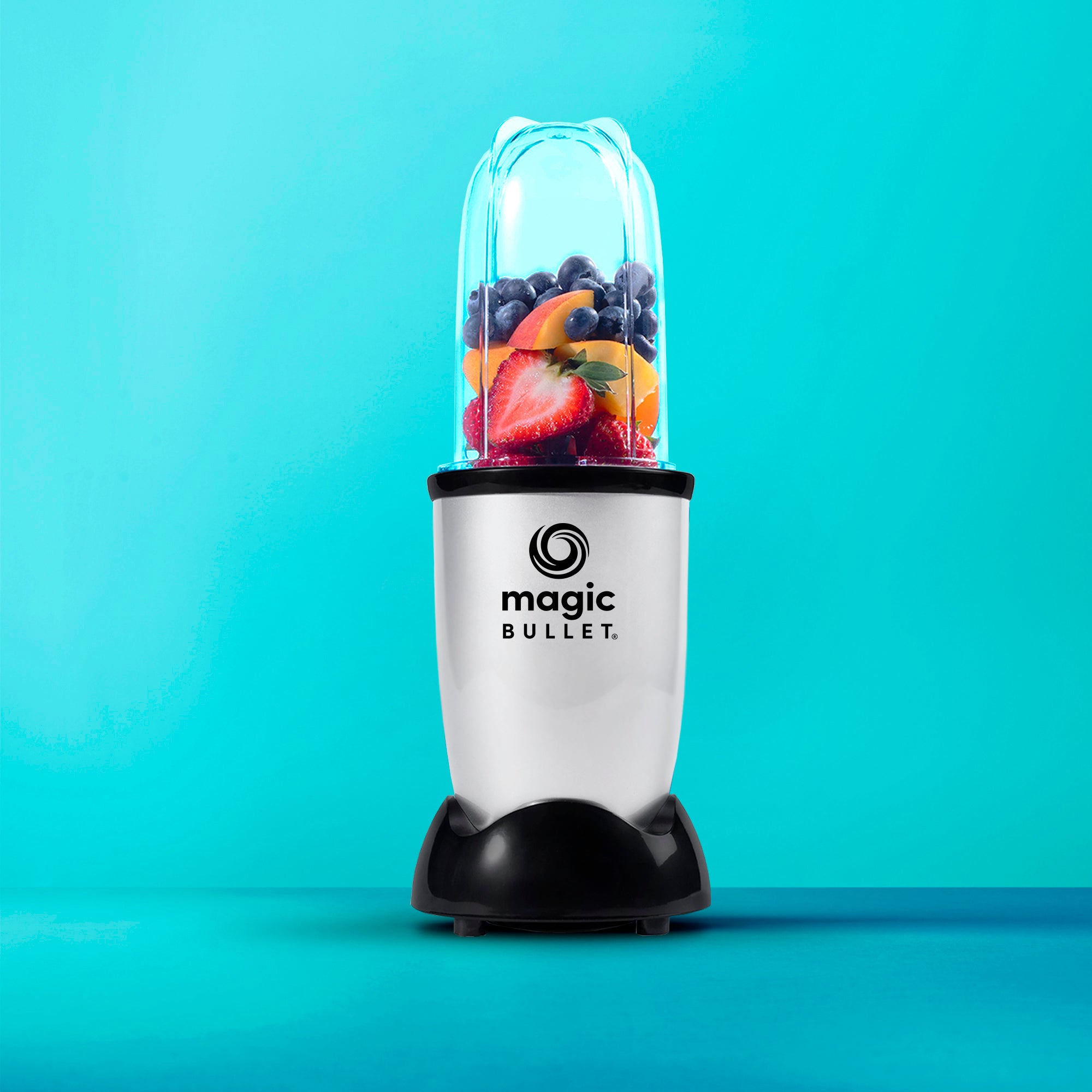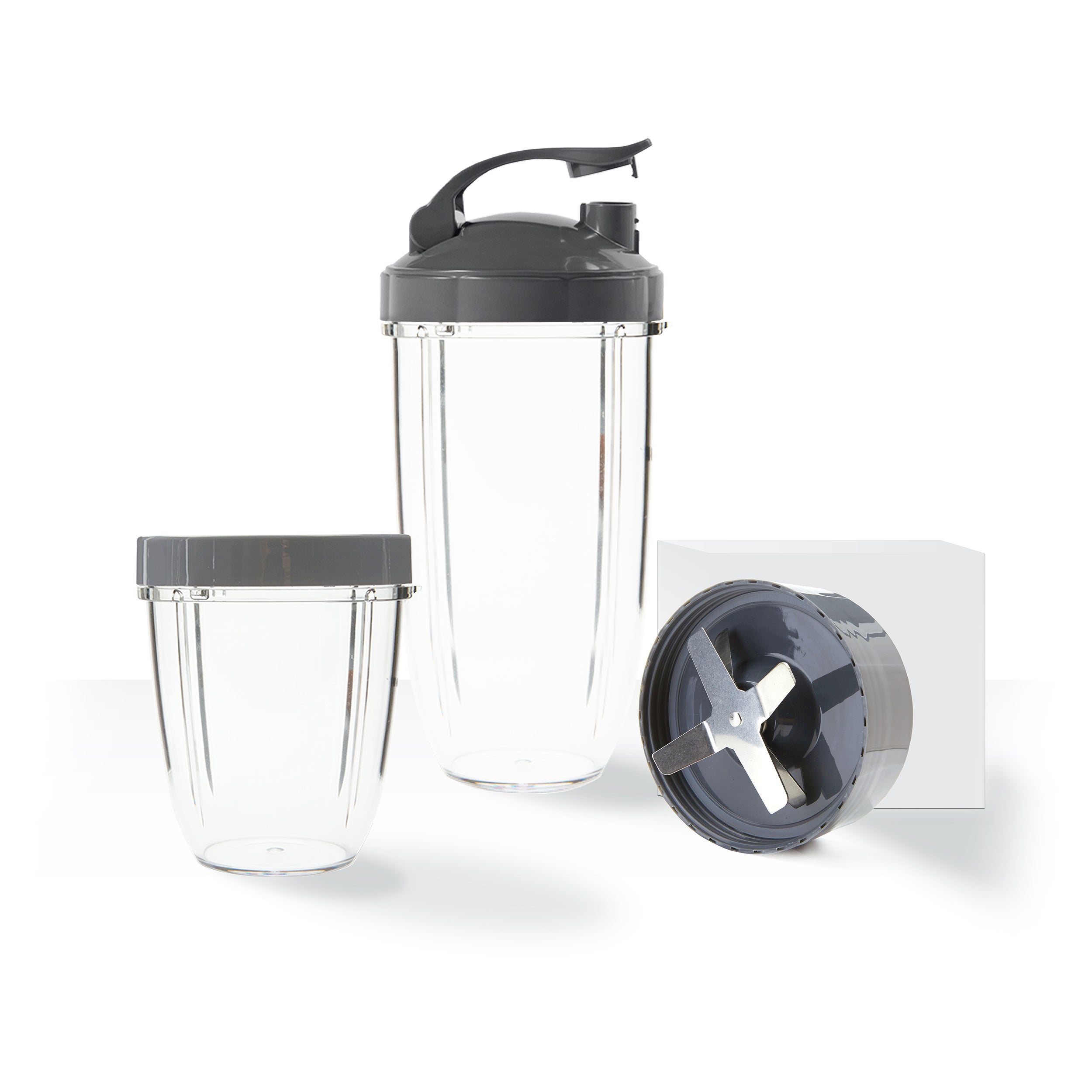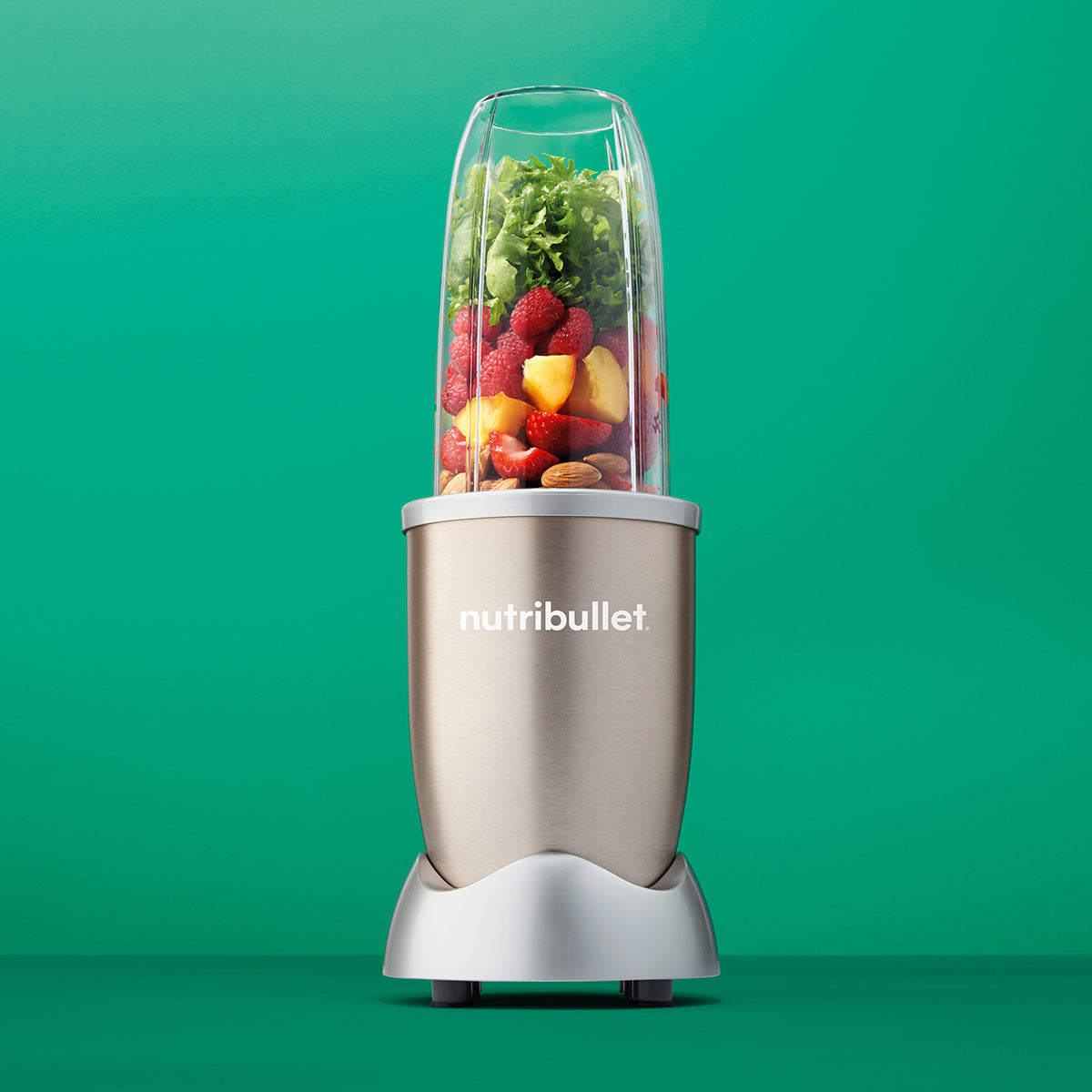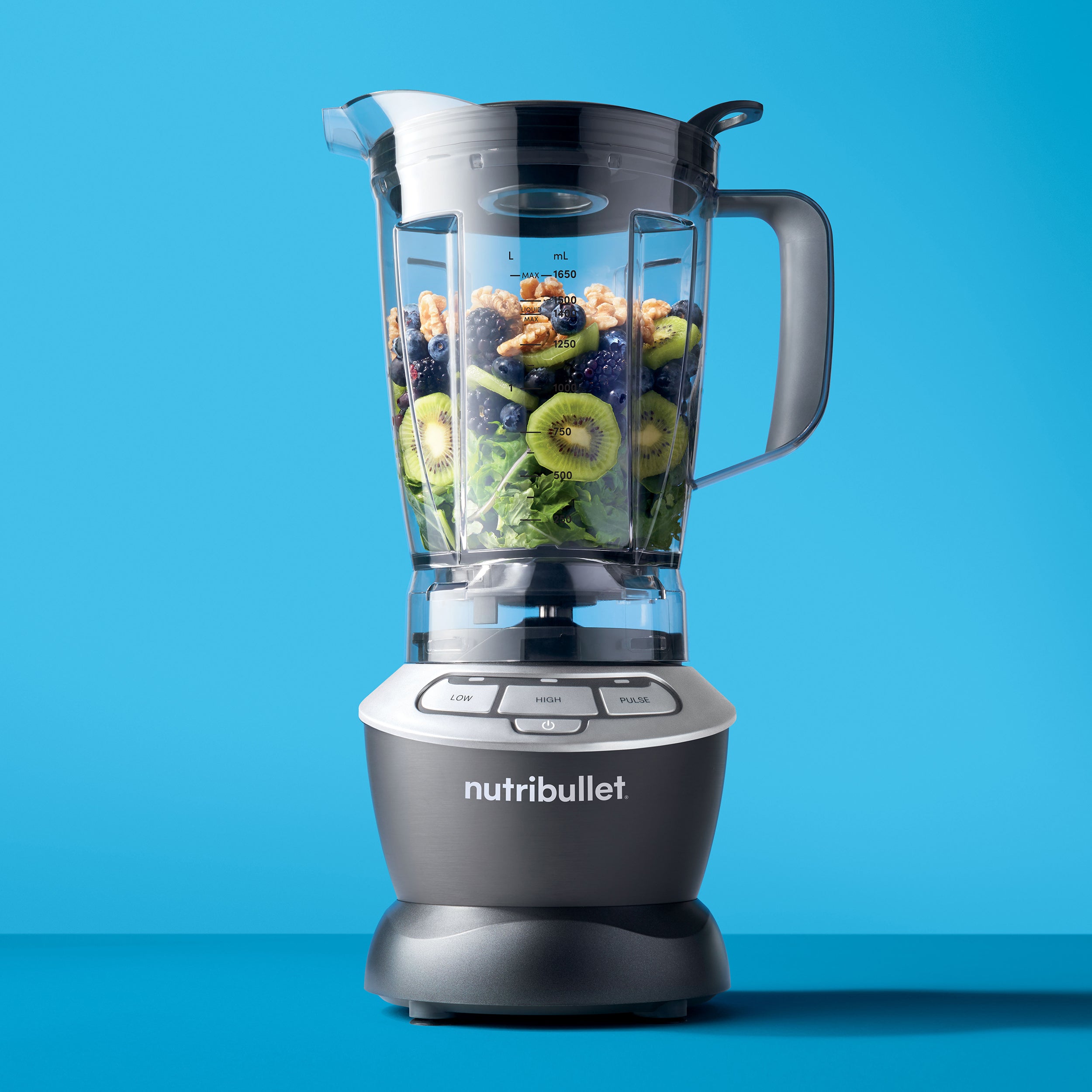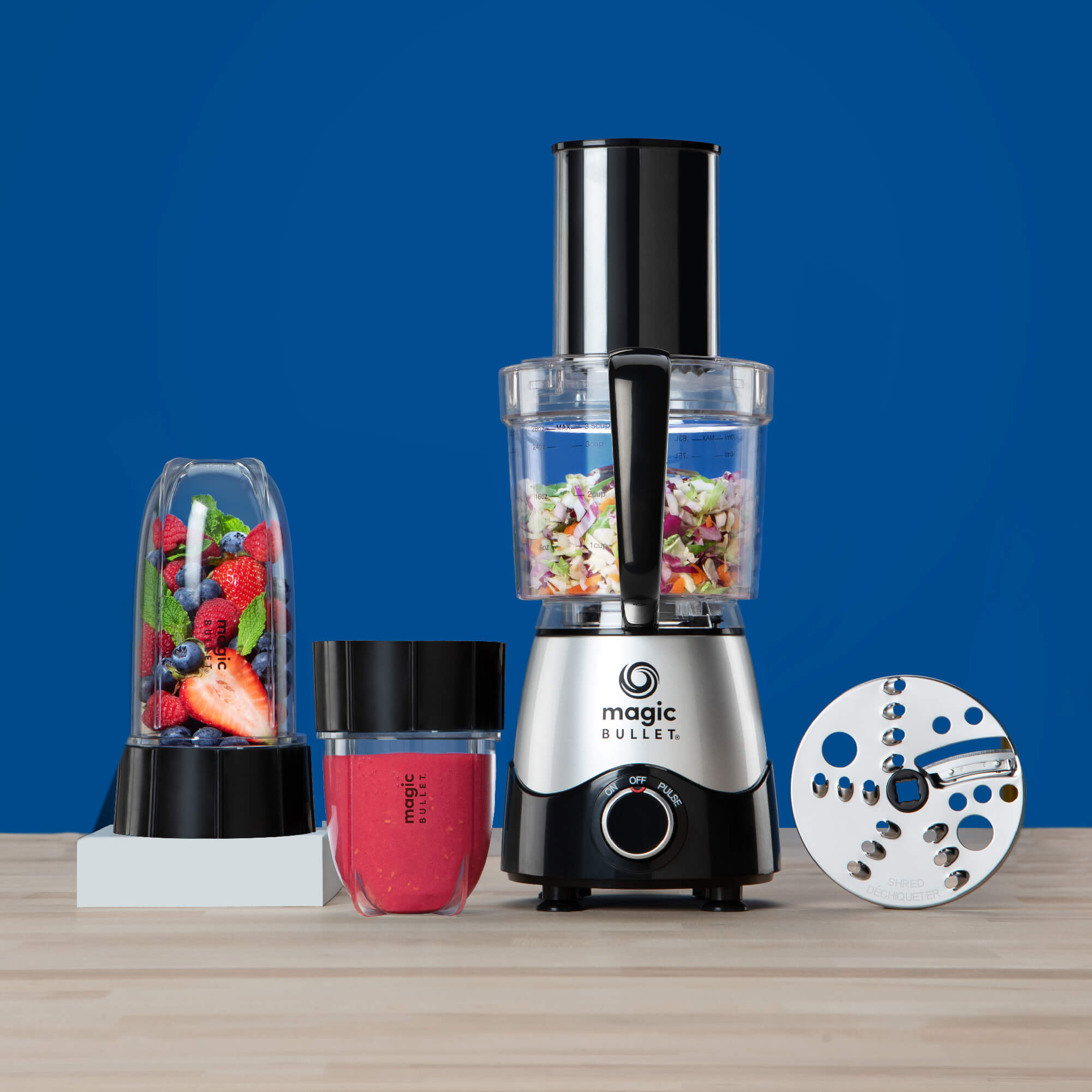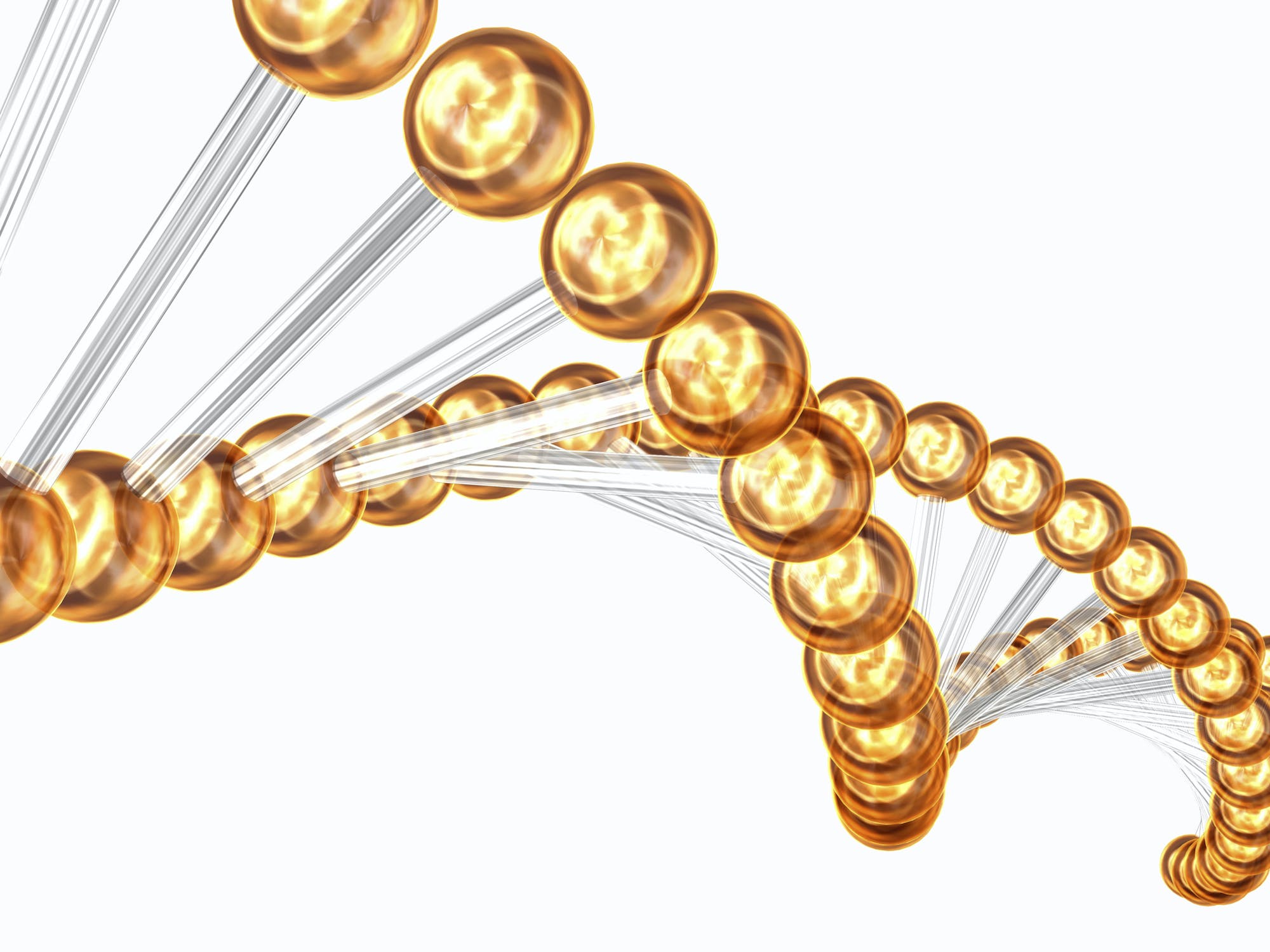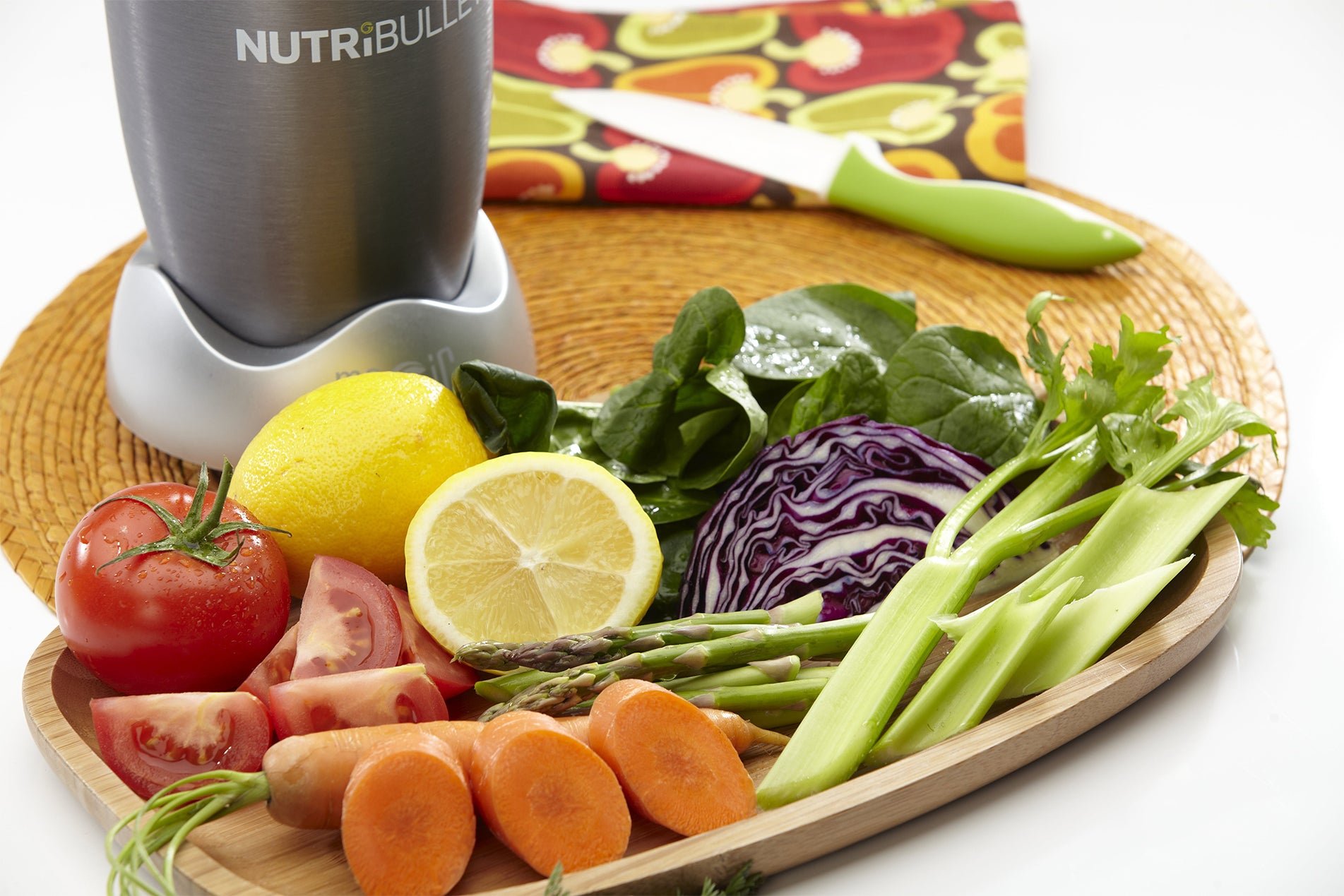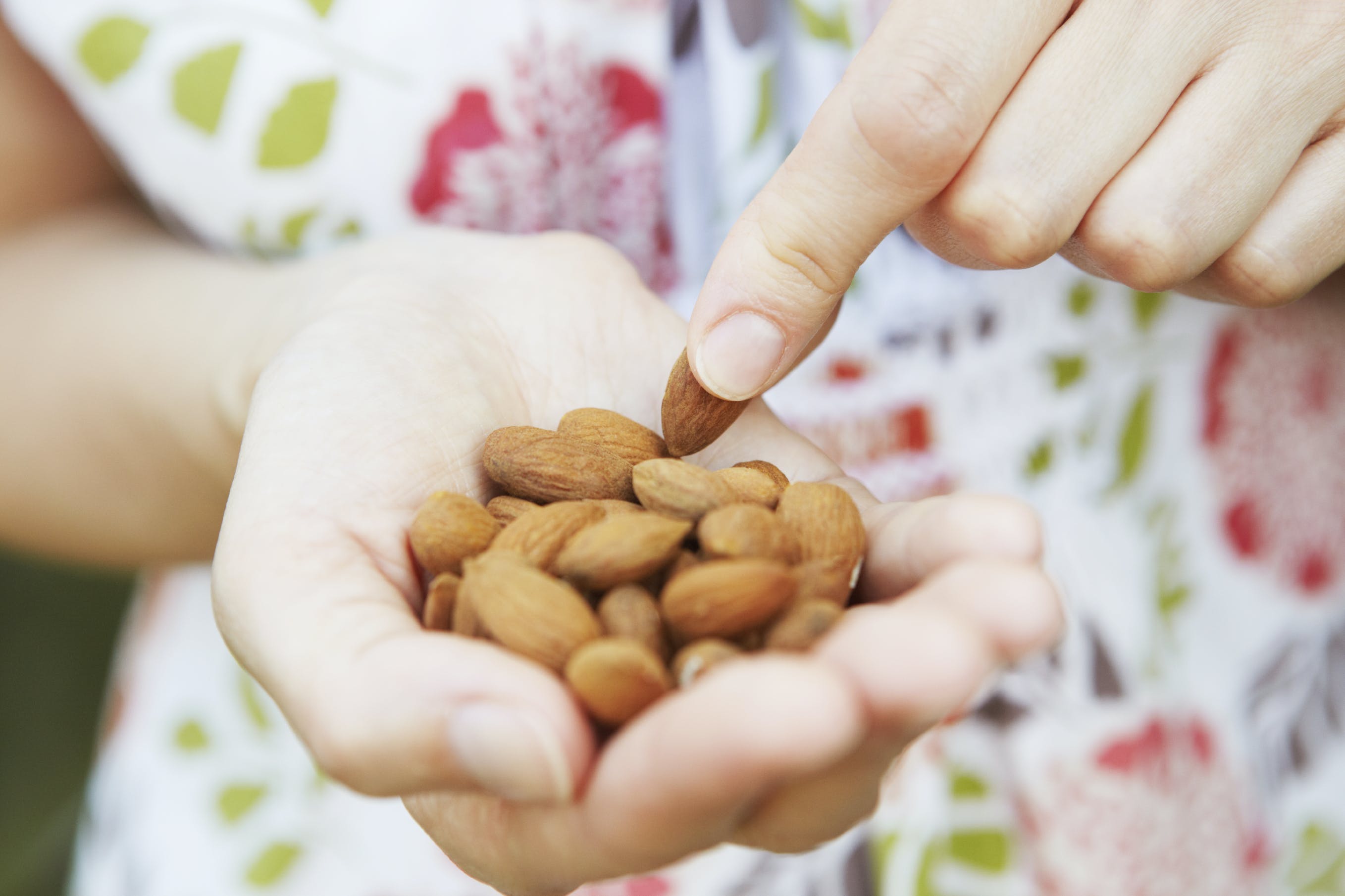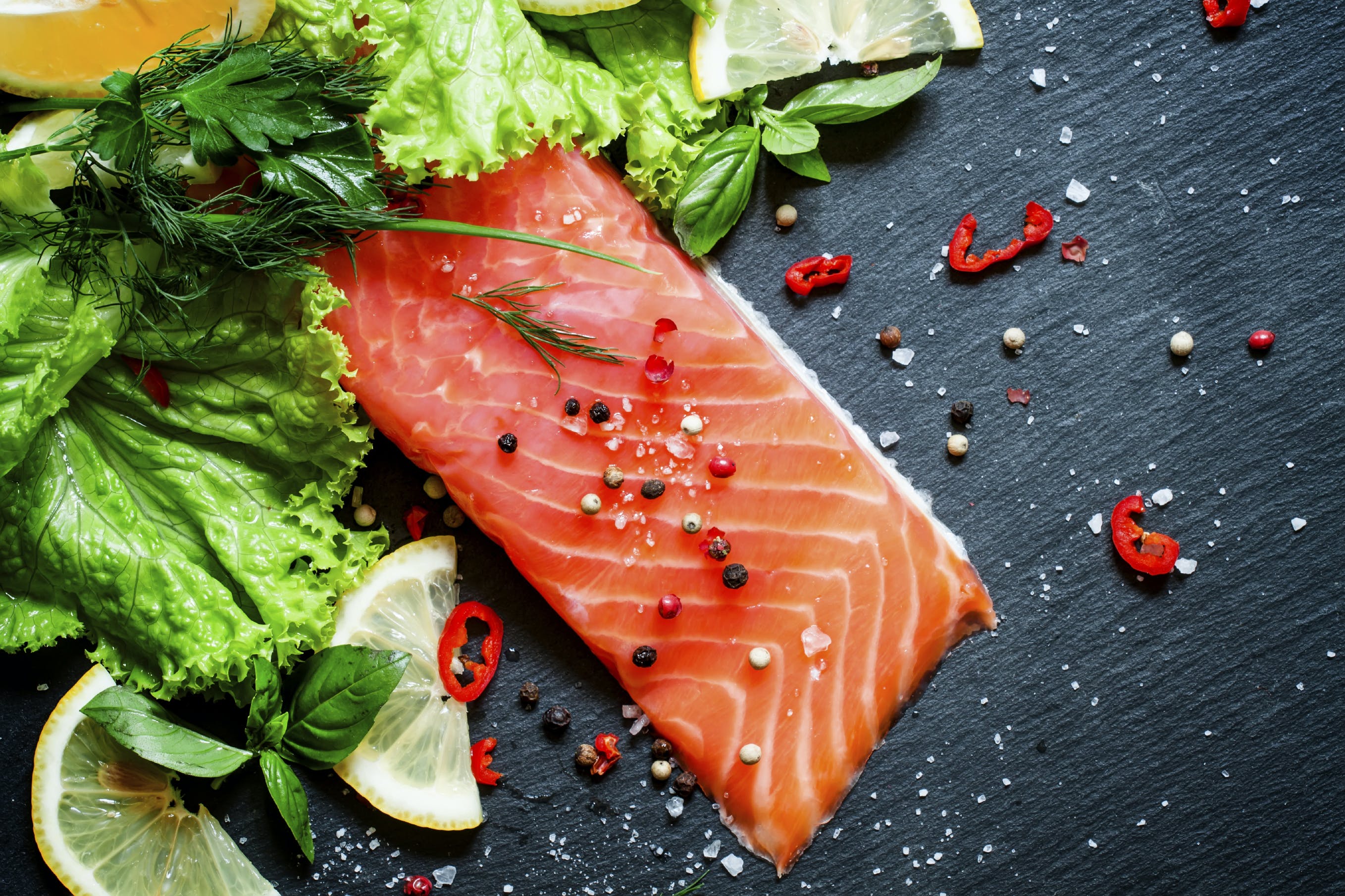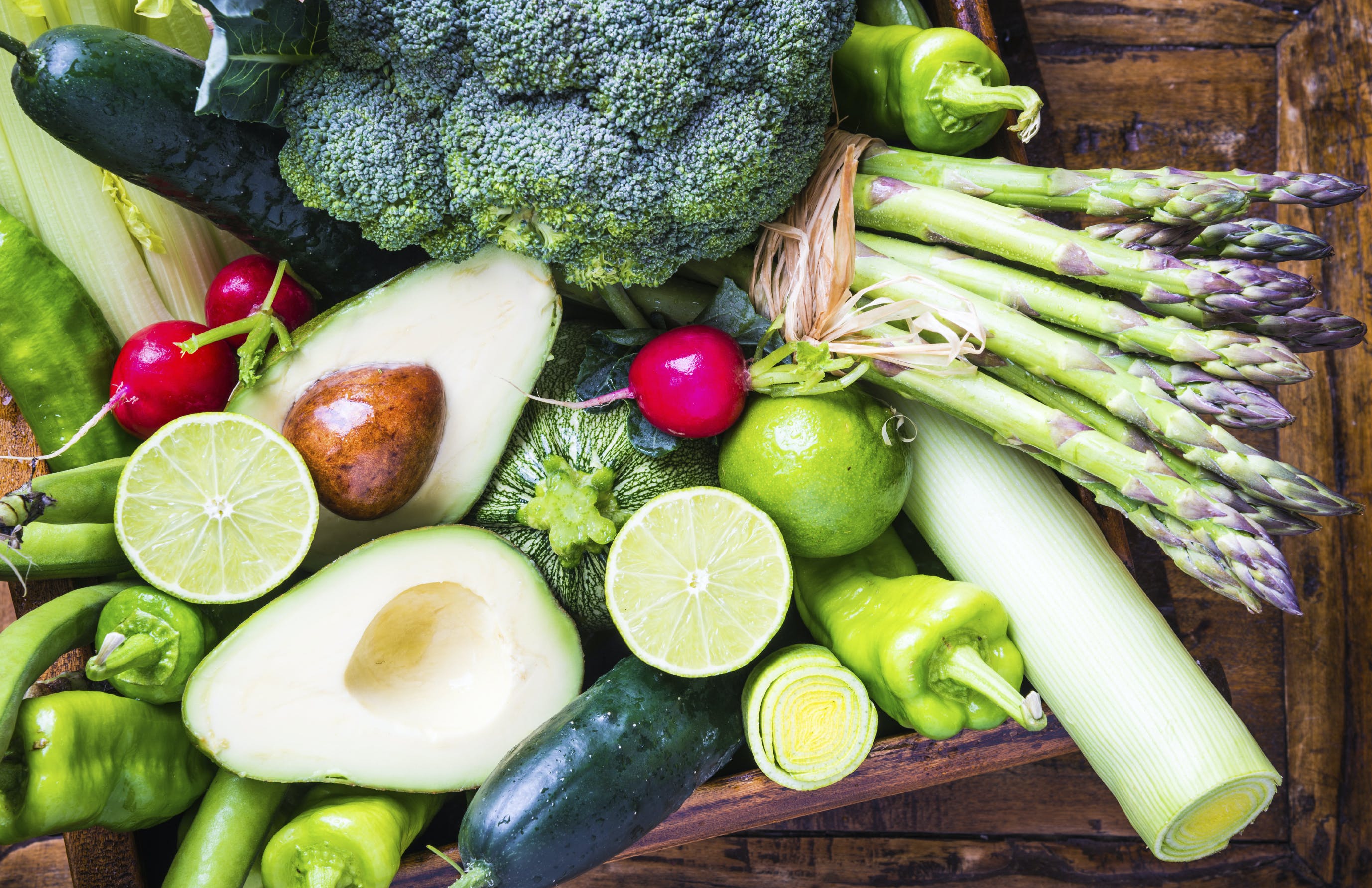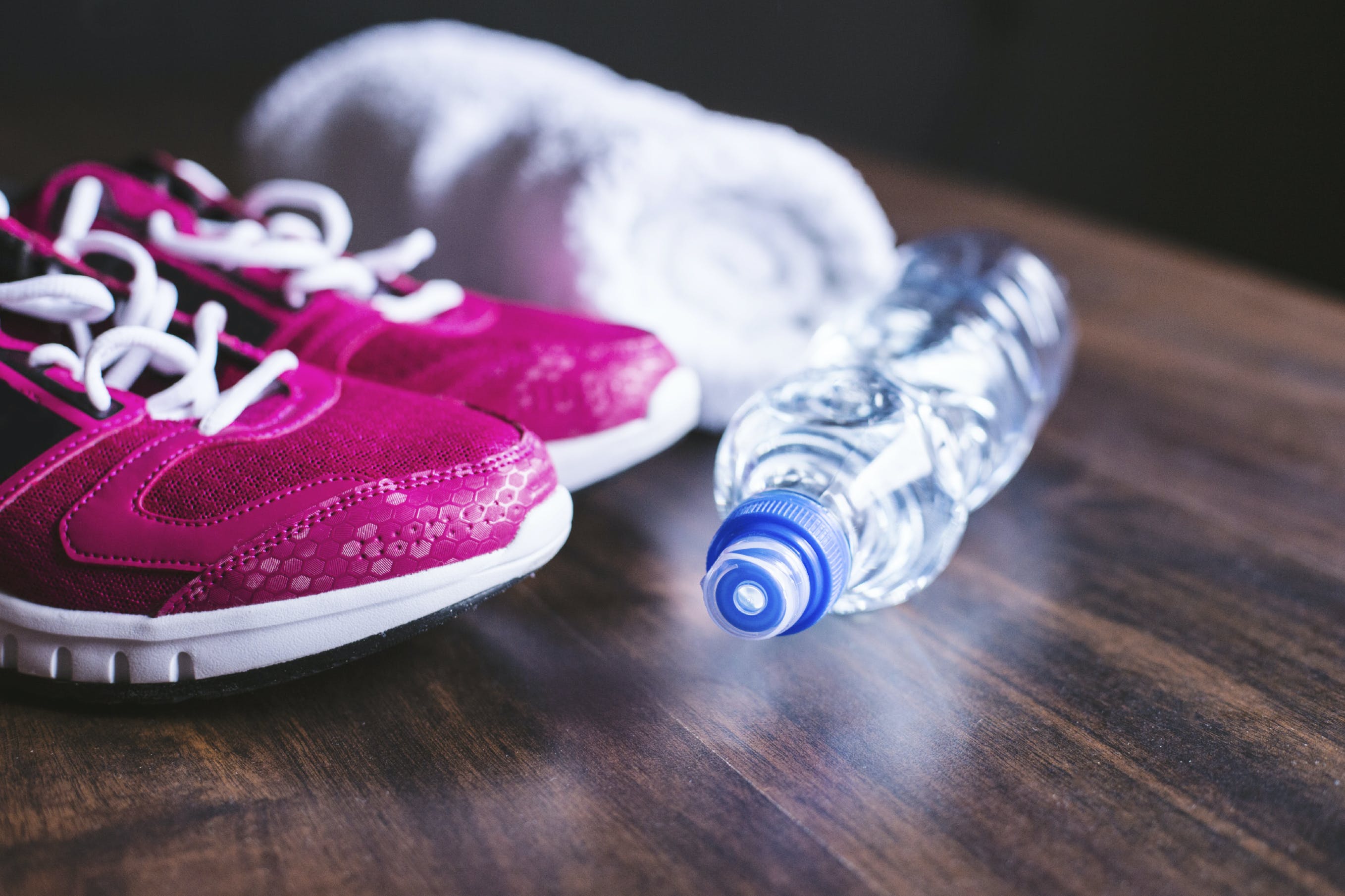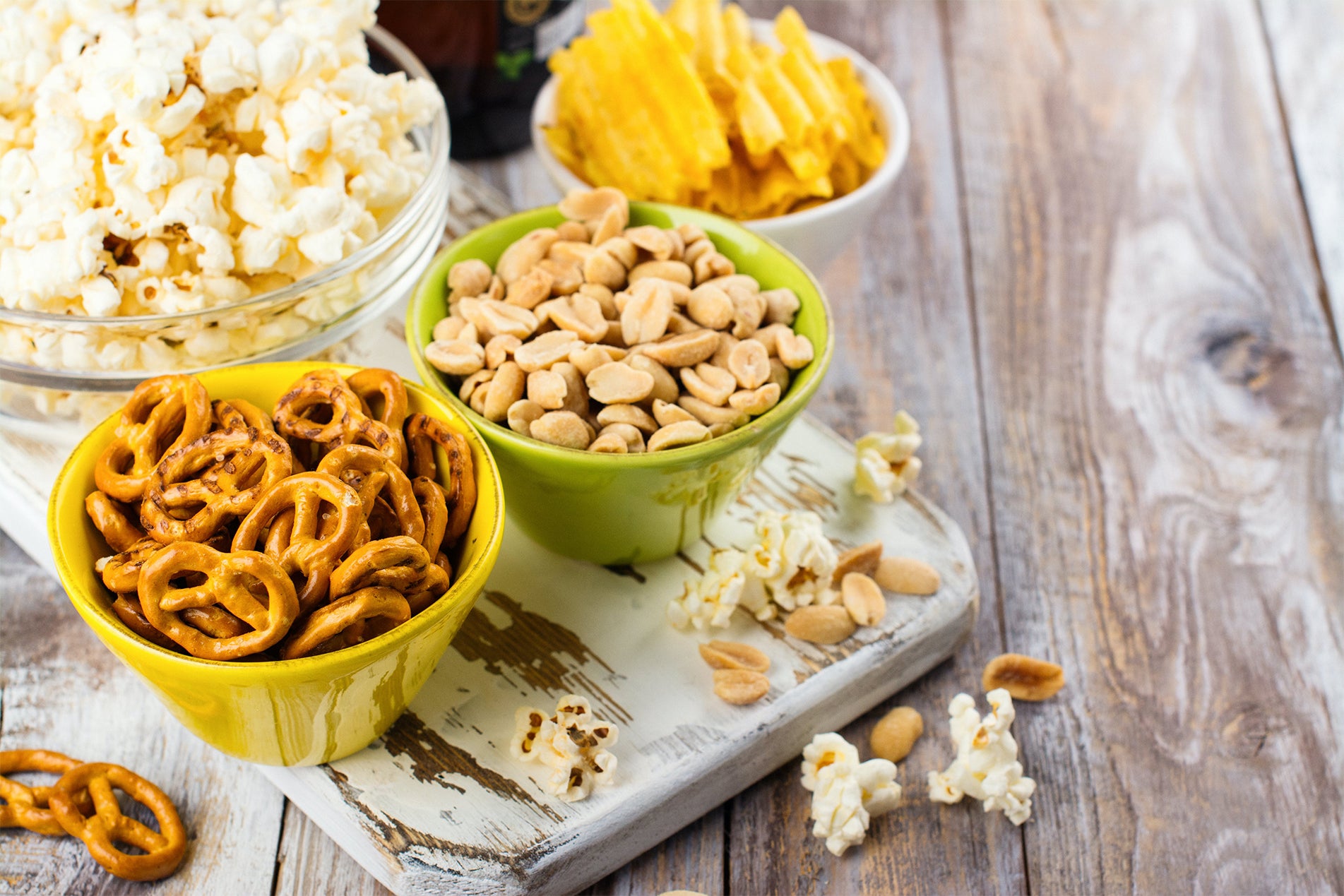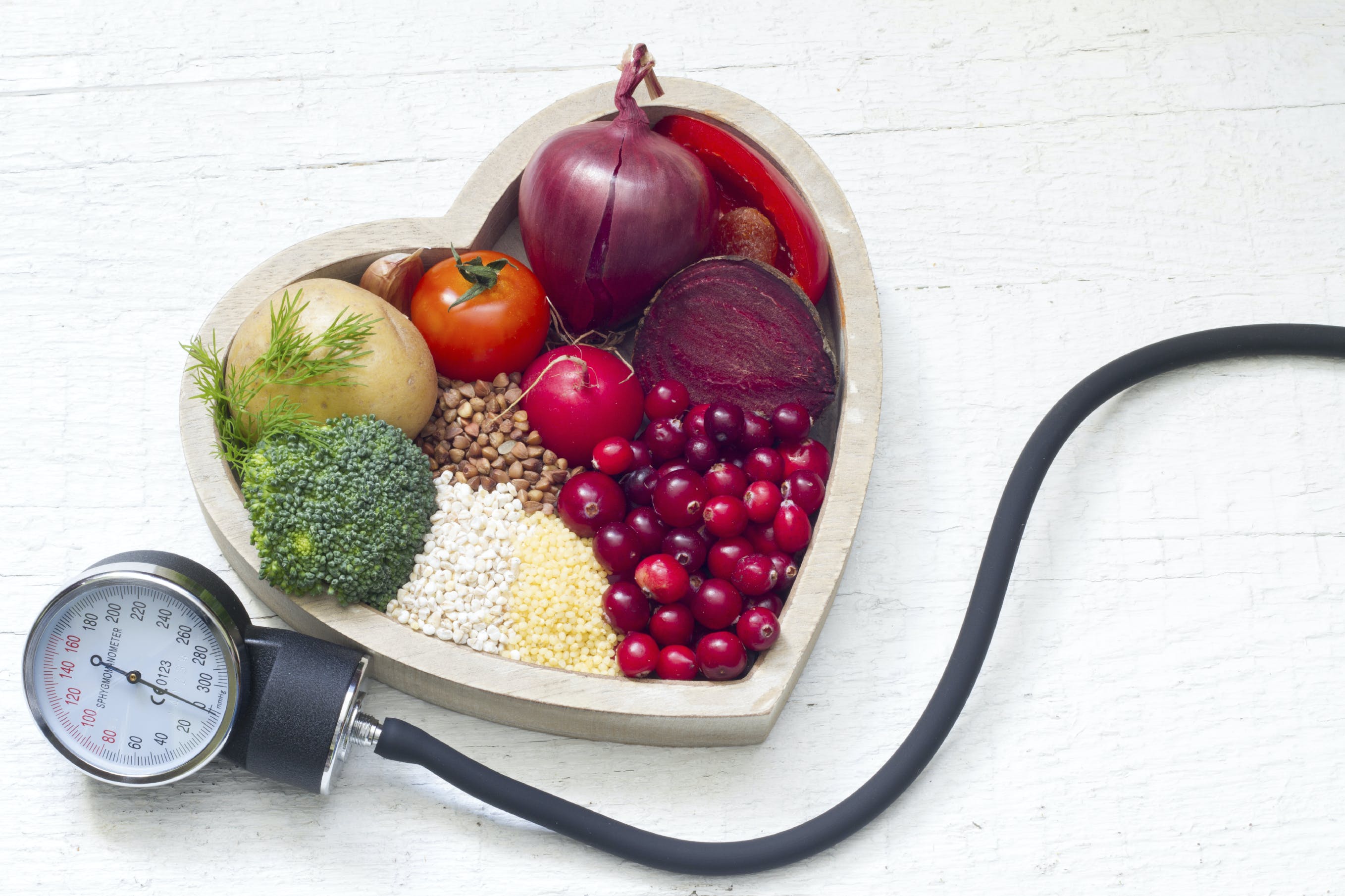As the Pima Indians show, environment definitely plays a role in fat loss, but so do genes to some degree. The Pima Indians have what we call the thrifty gene hypothesis: some people are well designed to store excess food when it is available, setting the stage for diabesity.
Other genes also contribute, such as brain genes, which code the receptors of the pleasure-producing neurotransmitter, dopamine. In some cases, these genes make dopamine receptors that are not as responsive to dopamine’s pleasure signals which makes us eat more and more in order to be satisfied.
When I mention drugs, you probably think of cocaine or heroin. Indeed, they trigger dopamine receptors. However, refined carbohydrates, protein, and sugar, the most abundant and abused drug, also trigger these dopamine receptors. When your dopamine receptors need more stimulation to feel pleasure, they set the stage for cravings and addiction.
We are very aware that sugar acts like cocaine and drives food addiction, as well as overeating.
Research shows that sugar is actually more addictive than cocaine. In one study, researchers offered sugar and cocaine to rats. It was no contest; the rats chose the sugar over the cocaine.
Researchers concluded that extreme stimulation of the brain’s pleasure receptors by sugar-rich diets generates an extreme reward signal in the brain, overriding the self-control mechanisms and leading to addiction.
Other genetic factors also play a role here. New and emerging research shows how different people have varying responses to carbohydrates and fats. Some of us do better with more omega 3 fat, while others thrive on saturated fat. Some people respond better with more omega 6 fats. There can be big differences in how we respond to different types of fat. These effects impact blood sugar, cholesterol, and even gut bacteria.
Rather than obsessively worry about genetics, your body can be the best way to gauge how you should eat. How do you feel after eating certain foods? Are you feeling alert and vibrant with abundant energy, or are you feeling sluggish, bloated, and foggy?
7 Ways to Simplify Weight Loss
While your genes play some role, they do not determine your destiny. Regardless of your genetics and other conditions, anyone can start with these seven strategies for weight loss and optimal health:
- Focus on eating real, whole foods. Eat plenty of non-starchy vegetables, some lower-sugar fruits if you can tolerate them, grass-fed meats, pastured chicken and eggs, and wild-caught fish.
- Eat plenty of healthy fats like avocados, coconut oil, nuts and seeds, extra-virgin olive oil, and some grass-fed butter. Eating healthy fats helps burn fat by speeding up your metabolism. Your cells and brain also require fats to function optimally.
- Avoid processed sugars and refined carbohydrates. Limit your grain intake from breads, cereals, pastas, rice, and starches. Avoid baked goods and sweets and watch your intake of alcohol.
- Take optimal nutrients. Good multivitamins and multiminerals cover the nutrients that you’re probably not getting from food. I also recommend a professional-quality fish oil, extra vitamin D and magnesium, a probiotic, and a fiber supplement to help balance blood sugar levels.
- Control stress levels. Being constantly stressed out wreaks havoc on your health, hormones, and weight. Find something to helps you tamp down stress, whether it’s yoga, meditation, or deep breathing.
- Get adequate sleep. Sleep deprivation makes you fat and can also contribute to depression, pain and inflammation, heart disease, diabetes, and many other health issues. Getting at least 7 to 8 hours of sleep is vital for optimal health. Avoid exposure to artificial light from smartphones, televisions, and other electronics close to bedtime.
- Exercise regularly. Get on a regular routine of exercise and move your body. You can’t exercise your way out of a bad diet, but exercise does make your cells and muscles more sensitive to insulin so you won’t need as much. Less insulin means less inflammation and less body fat, especially dangerous belly fat. If all you're able to do is walk, that is fine. You’ll want to do a minimum of 30 minutes of walking daily. Others may be able to handle more advanced exercise. Studies demonstrate the benefits of high intensity interval training (HIIT), which you can do in as little as 20 minutes. It’s much more effective than longer durations of low-intensity cardio workouts.
In a nutshell, stop worrying about your genes! You can do plenty to ensure that you are on the right path to achieving a healthy weight and optimal health. Your lifestyle and food choices are much better indicators of your health and weight than your genes.
You can reach optimal weight and metabolism and reverse most chronic diseases. Some of us have to work a bit harder than others, but it’s very possible for almost everyone. Never, ever lose hope.
Nutritional information
Recipe: Creamy Green Strawberry Dream Serving in this recipe:1
- Calories: 236.6
- Total Fat: 3.6 g 5.5%
- Saturated Fat: 0.4 g 1.9%
- Cholesterol: 0 mg 0%
- Sodium: 358.7 mg 14.9%
- Total Carbs: 45.7 g 15.2%
- Dietary Fiber: 9.9 g 39.4%
- Sugar: 22.1 g
- Protein: 8.1 g 16.2%
- Vitamin A: 481.9% Vitamin C: 244.1%
- Calcium: 68.5% Iron: 26.1%
* Percent Daily Values are based on a 2,000 calorie diet. Your daily values may be higher or lower depending on your calorie needs.



